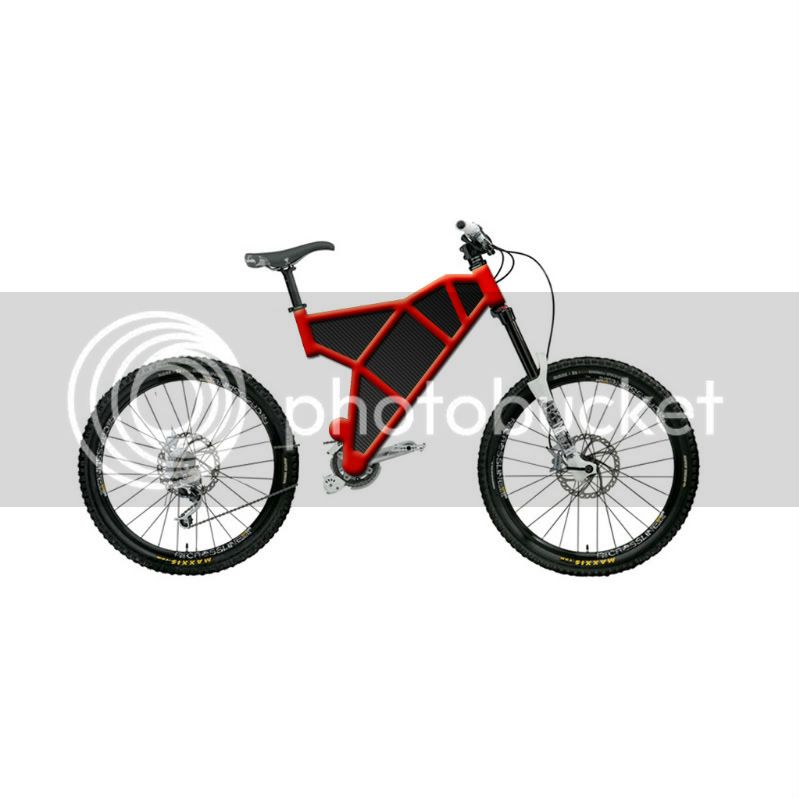Drunkskunk
100 GW
I'm trying to design and build my own frame. Its a stretch of my abilities and tools, but sounds fun.
But I've run into a snag and would love some advice.
I need a DH worthy rear suspension pivot design that can be made of steel, and built from basic hand tools and a welder. I don't have access to any percision machining equipment. I've come up with a few designs in my head, but most are overly complicated or couldn't be built with the tools I have.
I'm probably overthinking this, but I need it to withstand some extream abuse, and still be light as possable.
Anyone built or designed anything like this? Anyone got any ideas?
The bike will be a Downhiller style full suspension, running 4" wide tires. I'm going for a minimum clearance of 110mm in the rear suspension arms. it will be running a 5404 at 100v so needs to be stable at 60mph, down a rocky mountian side without any flex or give.
Any thoughts would be appreciated.
But I've run into a snag and would love some advice.
I need a DH worthy rear suspension pivot design that can be made of steel, and built from basic hand tools and a welder. I don't have access to any percision machining equipment. I've come up with a few designs in my head, but most are overly complicated or couldn't be built with the tools I have.
I'm probably overthinking this, but I need it to withstand some extream abuse, and still be light as possable.
Anyone built or designed anything like this? Anyone got any ideas?
The bike will be a Downhiller style full suspension, running 4" wide tires. I'm going for a minimum clearance of 110mm in the rear suspension arms. it will be running a 5404 at 100v so needs to be stable at 60mph, down a rocky mountian side without any flex or give.
Any thoughts would be appreciated.




